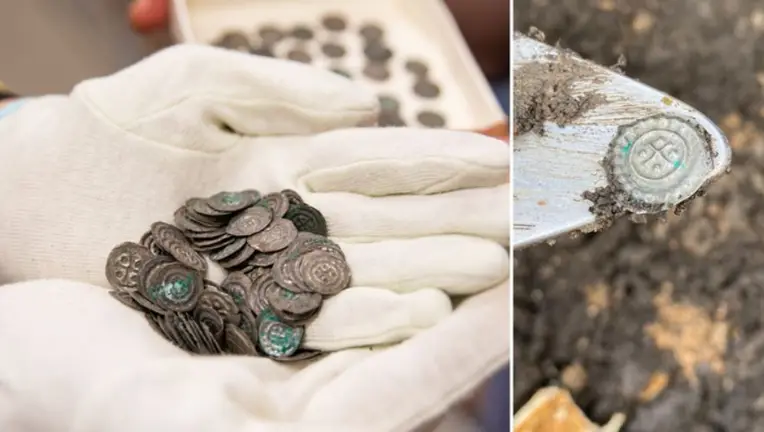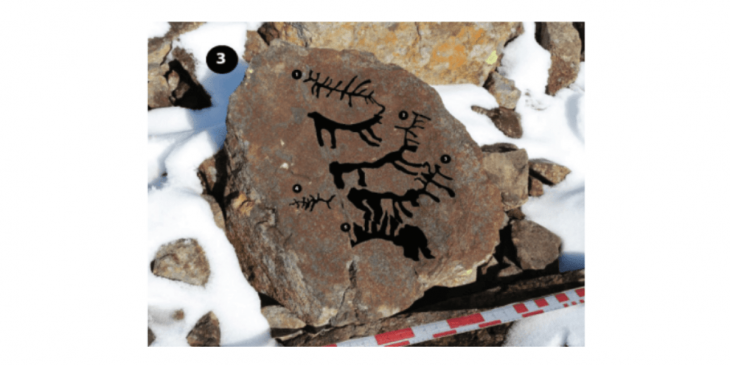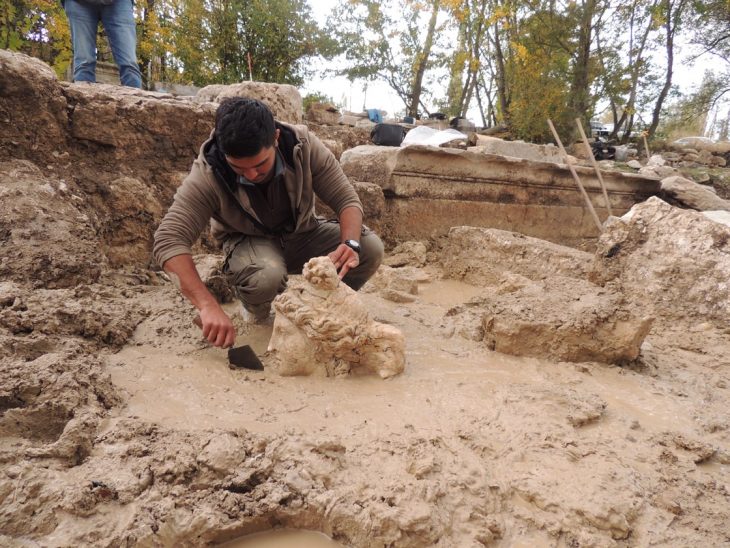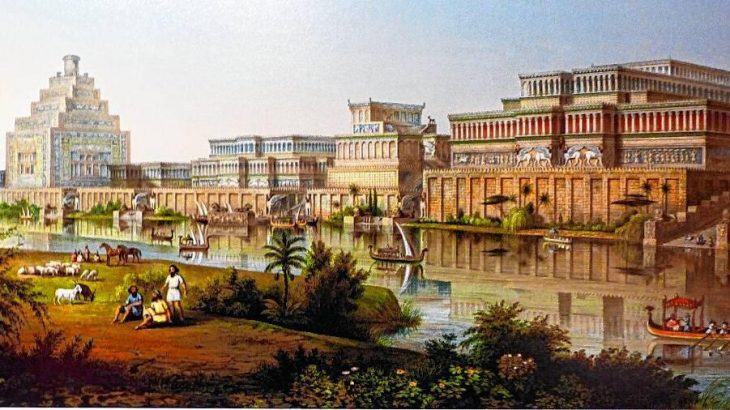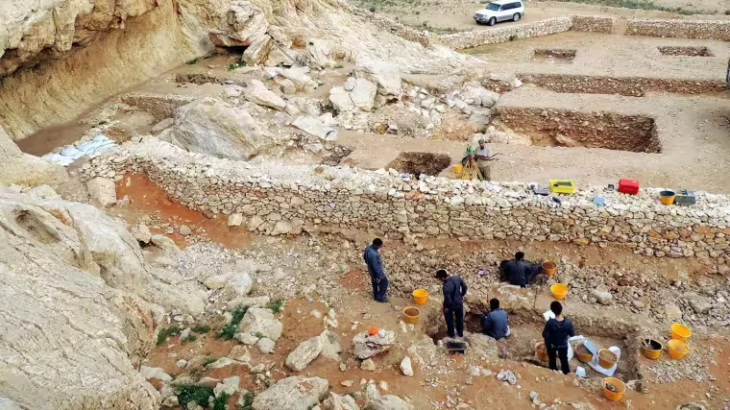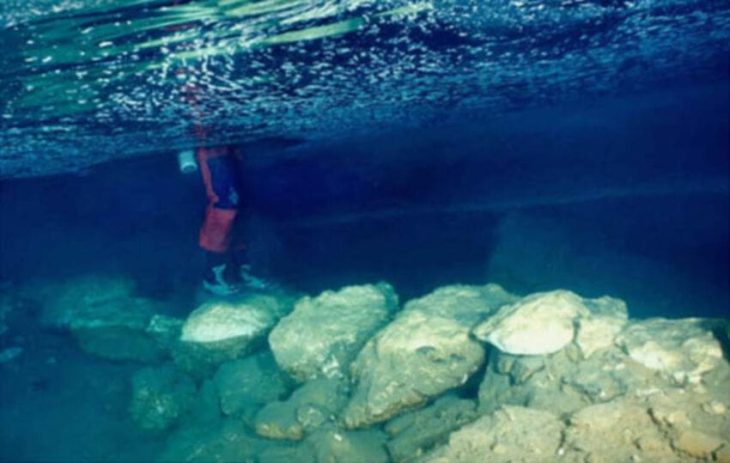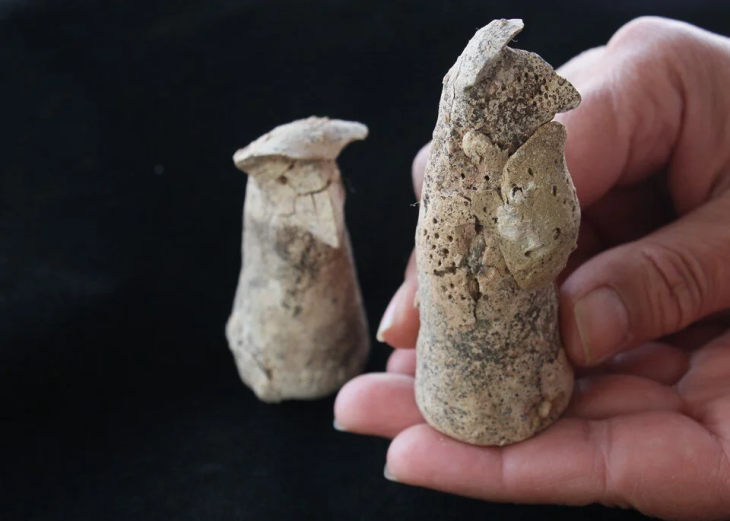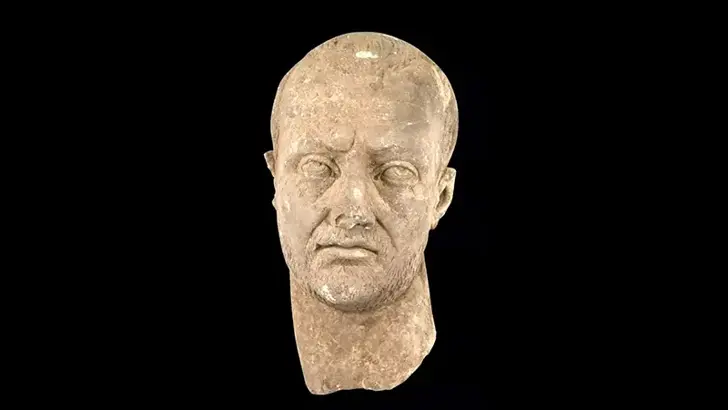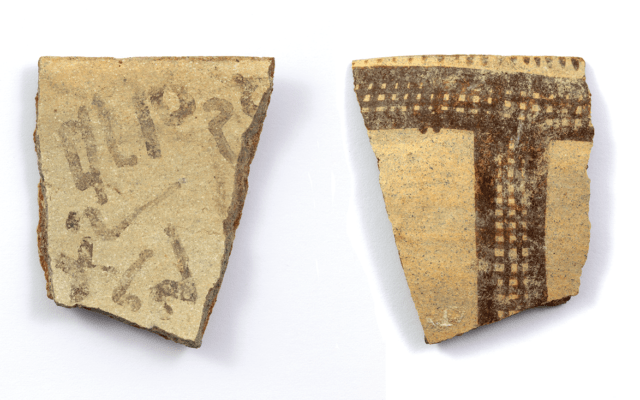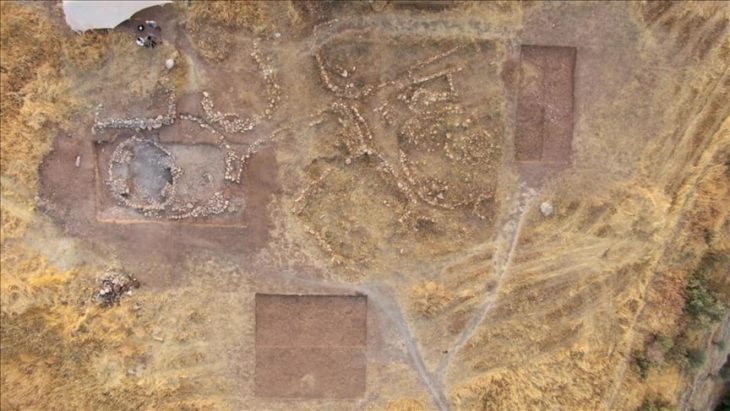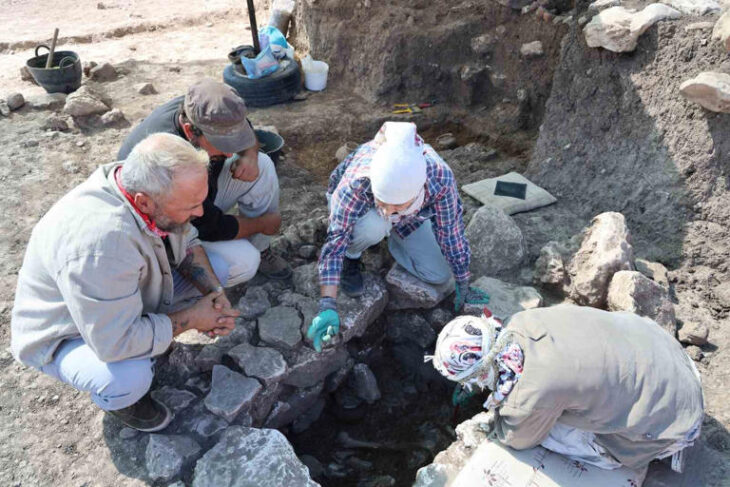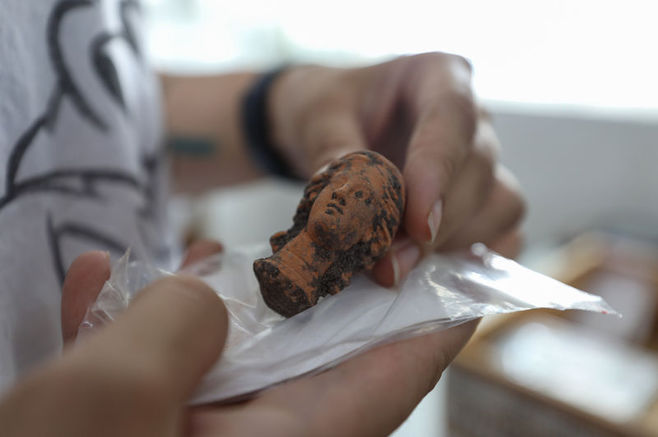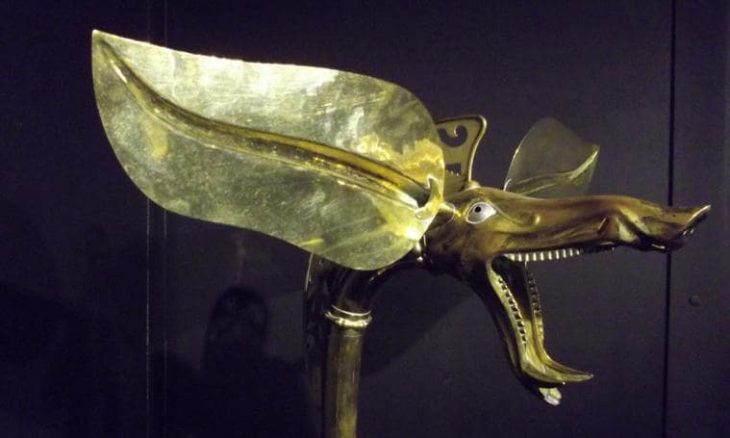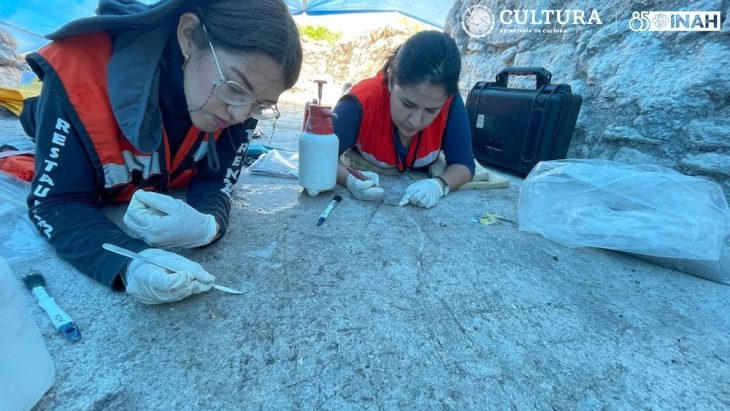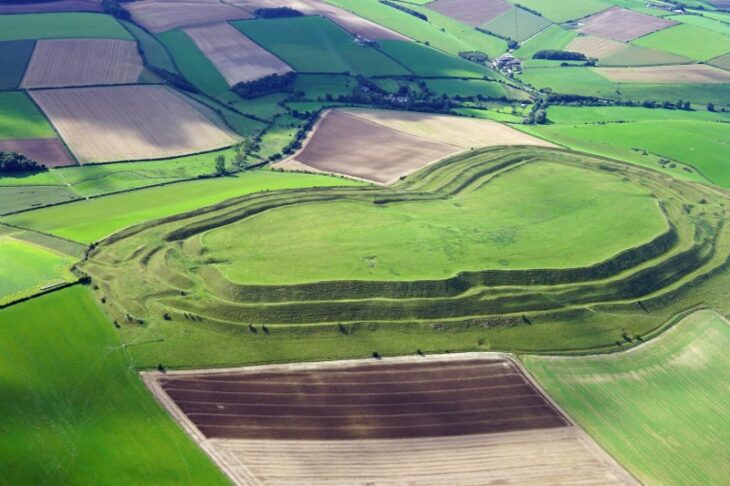During archaeological excavations in a medieval graveyard in Brahekyrkan on the Swedish island of Visingsö, archaeologists uncovered about 170 silver coins dating back to the mid-12th century.
This discovery, made during a geothermal installation project at the church, not only sheds new light on the medieval history of the region, but also challenges existing notions of burial customs and coin circulation in medieval Götland.
The Jönköping County Museum announced the find in a Mar. 27 press release that was translated from Swedish to English.
The silver coins were found in the grave of a man that experts believed was between 20 and 25 years old when he died. The pieces of metal were produced between 1150 and 1180. 170 silver bracteates were found in total. A bracteate is a piece of thin, coin-shaped metal that was used as jewelry.
“On the very first day, my colleague Kristina Jansson and I found two skeletons in the shaft where the wires were to be laid, explains Anna Ödéen, project manager and archaeologist. “We cleaned out the bones from the buried to get an idea of what the graves looked like. All of a sudden three silver coins appeared! We soon realized that many more were lying close to the buried person’s left foot.”
📣 Our WhatsApp channel is now LIVE! Stay up-to-date with the latest news and updates, just click here to follow us on WhatsApp and never miss a thing!!
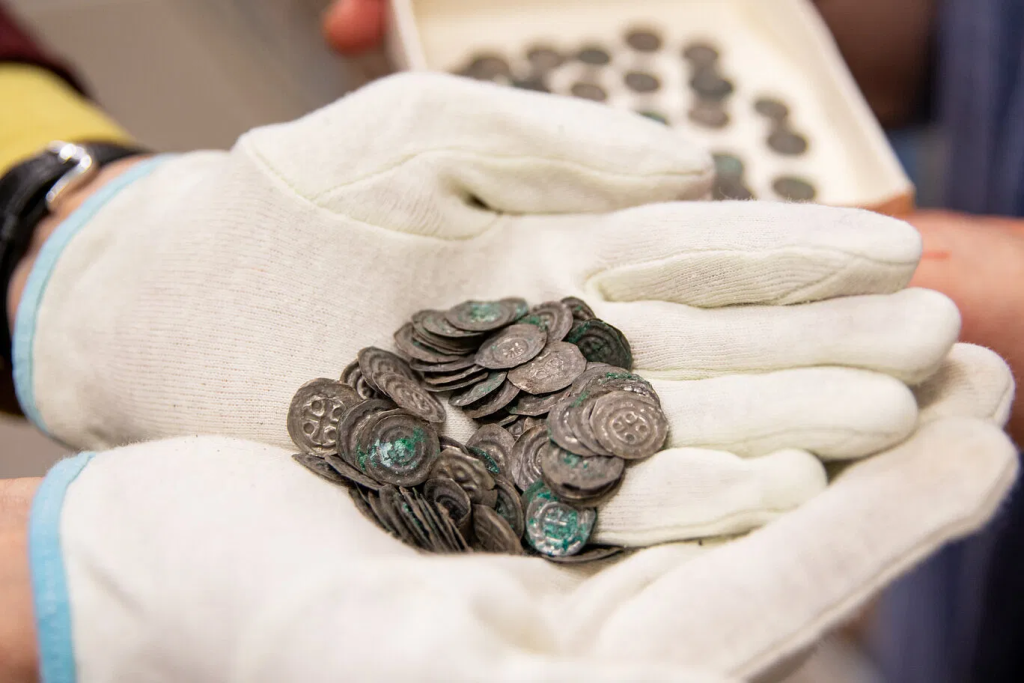
The find is extremely unique, partly because there are few similar finds from the period, and partly because some of the coins were completely unknown before.
The excavation also uncovered 24 graves and 20 hearths. A survey in 2005 revealed the presence of hearths at the site, with three dating to 50-400 AD, indicating that activity at the site dates back at least to the Roman Iron Age.
What struck the investigators as odd is that the 20 graves were located outside the church wall, on unconsecrated ground. Anna Ödéen commented in a second press release:
“During parts of our history, someone who committed suicide could not be given what the church called “an honorable burial” and the same was true for unbaptized children and serious criminals…However, it turned out that it was not just one grave, but many more. All lay in the same direction, well aligned with each other, and at the same depth. It was therefore an organized burial site, where they should also have had a marking above ground.”

Findings in Christian cemeteries are uncommon; this practice dates back to a bygone era, which is what makes the Visingsö find unique. It is still unknown why this man in his 20s took so many coins to his grave. As they continue to work with the find, the archaeologists at the county museum hope to uncover more hints.
“It is a completely sensational find that will change the early medieval coin history in Götaland and shed light on a period that is largely completely unknown,” the Royal Coin Cabinet’s Eeva Jonsson said in a statement.
The coins are now undergoing conservation work. The collection of coins, including a handful of two-sided Gotland coins, is now undergoing detailed analysis by Kenneth Jonsson, a numismatics expert.
Cover Photo: Jönköping County Museum

